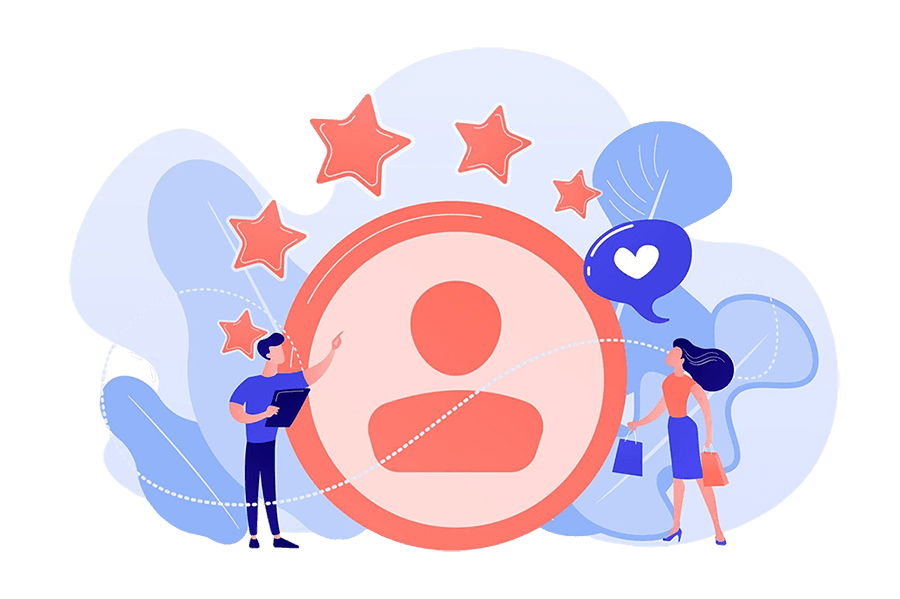How Does AI Driven Automation Reduce Labor Costs?
AI driven automation is transforming the workforce. Companies use AI tools to streamline operations, enhance productivity, and reduce labor costs. This article explores how AI is changing business practices and what that means for labor costs.
Introduction to AI Driven Automation
AI driven automation refers to machines performing tasks that humans traditionally did. These machines can do repetitive and time-consuming jobs with great accuracy and speed. As more companies adopt AI technologies, they see significant cost savings.
Automation systems can perform these tasks without the need for breaks, salaries, or benefits. While there are upfront costs for implementing these systems, companies often find that the investment pays off quickly.
Efficiency and Speed
AI driven automation greatly increases efficiency and speed. Machines can work faster than humans and without tiring. Tasks that once took hours can now be completed in minutes. This increased speed reduces the time it takes to produce goods and services.
Workers can focus on more complex tasks that require human oversight and creativity. Reducing the time spent on simple tasks allows companies to lower labor costs as they need fewer people to achieve the same output.
Reduction in Errors
AI systems are less prone to errors than humans. Mistakes made in manual processes can be costly and time-consuming to fix. AI tools can significantly decrease these errors, ensuring that processes run more smoothly and predictably.
By minimizing errors, businesses save money and reduce the need for rework. Fewer mistakes mean fewer resources spent correcting them and a more streamlined production process.
Automation in Customer Service
AI driven automation is also helping reduce labor costs in customer service through chatbots and automated response systems. These systems can handle many customer inquiries without human intervention.
Chatbots provide 24/7 customer service. With AI handling basic inquiries, companies require fewer customer service representatives. Human workers can focus on more complex issues that require a personal touch.
Supply Chain and Inventory Management
AI automates supply chain and inventory management, leading to cost savings. Predictive analytics can forecast demand accurately, optimizing inventory levels to reduce storage costs.
Automation can track inventory in real-time, ensuring that companies maintain optimal stock levels. Over-ordering and under-ordering can lead to wasted resources and lost sales, but AI can help avoid these problems.
Personalized Marketing and Sales
AI driven automation personalizes marketing and sales tactics. AI systems analyze consumer data to tailor marketing strategies and sales pitches. This personalization increases conversion rates and reduces the resources spent on ineffective marketing.
By targeting the right customers in the right way, companies enhance their marketing efforts while spending less. AI also automates repetitive marketing tasks, allowing teams to focus on creative strategies.
Human Resource Management
AI is improving human resource management processes by automating repetitive tasks such as scheduling, payroll, and performance tracking. AI systems can quickly and accurately process payroll and manage employee schedules, reducing the need for a large HR team.
Performance tracking becomes more efficient as AI can process vast amounts of data to track employee productivity. Managers can then focus on developing their teams instead of getting bogged down by paperwork.
Machines Working Alongside Humans
AI driven automation doesn't necessarily mean replacing humans with machines. Often, machines work alongside human employees to increase productivity. With AI handling routine tasks, employees can take on more strategic roles.
Workers collaborating with AI systems can enhance their capabilities and contribute more to their company's success. This collaboration reduces labor costs by maximizing the productivity of each employee.
AI driven automation helps businesses cut labor costs by increasing efficiency, reducing errors, and automating repetitive tasks. This allows companies to optimize their resources and redirect their focus to areas that require human insight.
While AI will continue to evolve, companies must evaluate how best to integrate these technologies into their operations. The goal is not to replace human workers but to use AI to enhance their capabilities and allow them to perform more valuable tasks. As automation becomes more widespread, businesses will continue finding new ways to reduce costs and improve productivity through AI.












